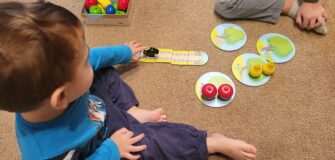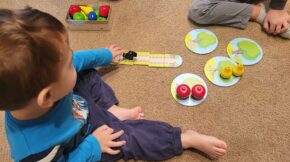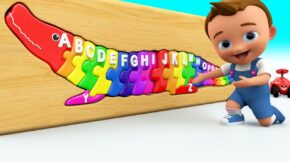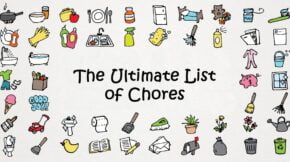Top 15 Interesting Activities Based on the Pyramid of Learning
Share
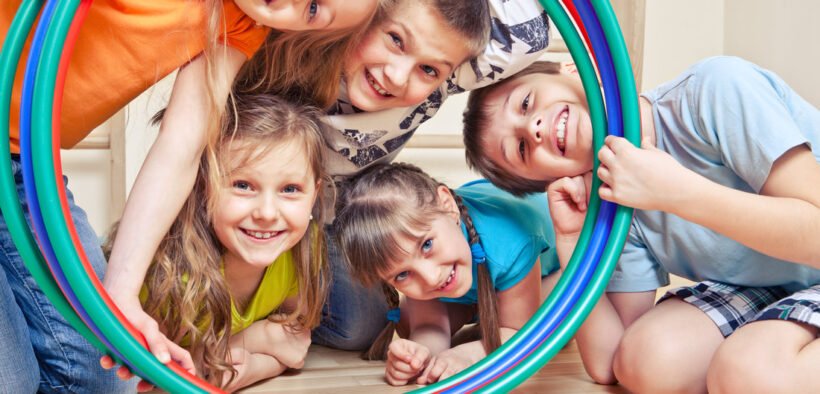
Are you looking for an innovative learning model that can help your kid thrive and grow in the competitive world? The pyramid of learning can help you instill a love for learning in your little one.
Whether your child is learning through homeschooling, traditional classroom setting, or online learning, with the pyramid of learning approach, you can help your kids learn more effectively. This learning model ranks various study methods based on their effectiveness.
It shows that the sensory systems are an important part of academic learning, and you should combine both active and passive learning methods to make the kids understand difficult concepts.
Various activities can be introduced to support the learning pyramid. You can make noises, swing, bounce a ball, or walk on a tape line to encourage deeper learning and strengthen your kid’s sensory system.
All these activities will help your child grow their skills and keep the young learners entertained.
Interesting Activities Based on the Pyramid of Learning
Let’s take a look at 15 interesting activities that support the pyramid of learning and help your kids learn new concepts effectively.
1. Make Play Dough
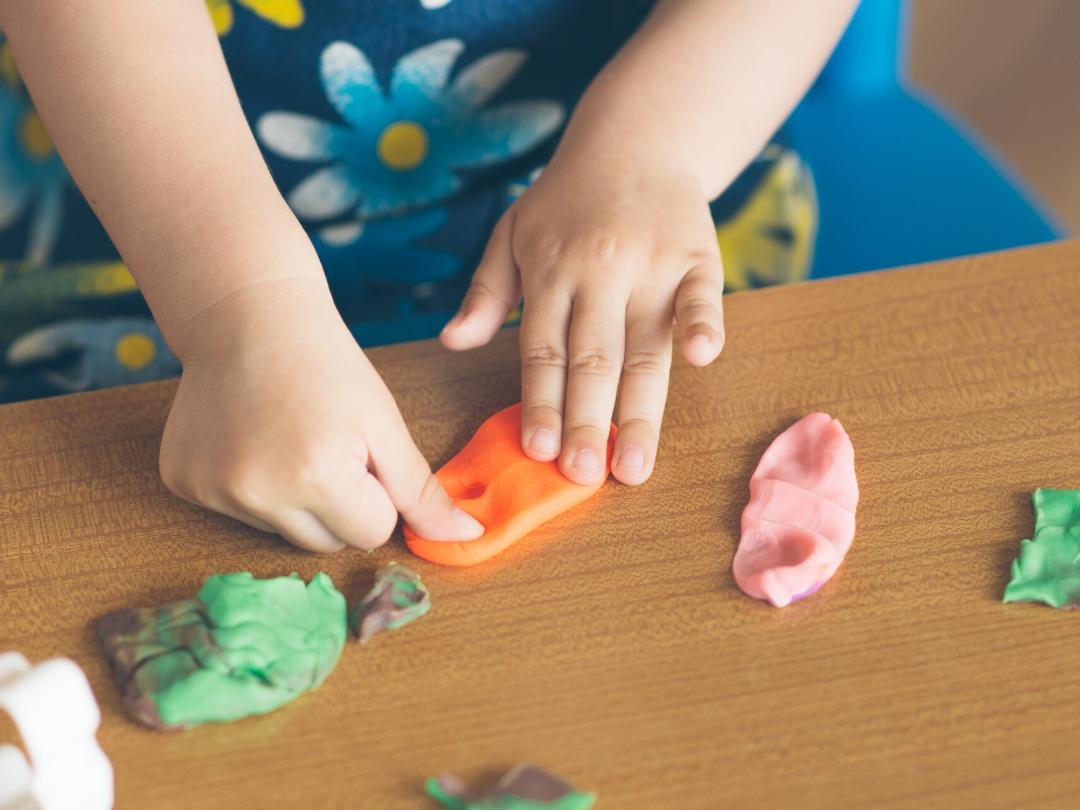
Keep your kids’ creativity flowing by encouraging them to participate in activities like making play dough. As your little one shapes the playdough into a tortoise, ball, elephant, or snake, their fine motor skill will get boosted. The pulling, pinching, and squeezing movements also strengthen your kid’s hand muscles.
To make this activity even more interesting, you can give your child objects to use for making different types of patterns in the play dough. For example, your kid can make a dot pattern on the play dough with the help of a fork or make tracks with a toy car.
Give your little one plastic animals so that they can make a tree for the deer, a lake for the ducks, or apples for a horse.
2. Dancing to Music
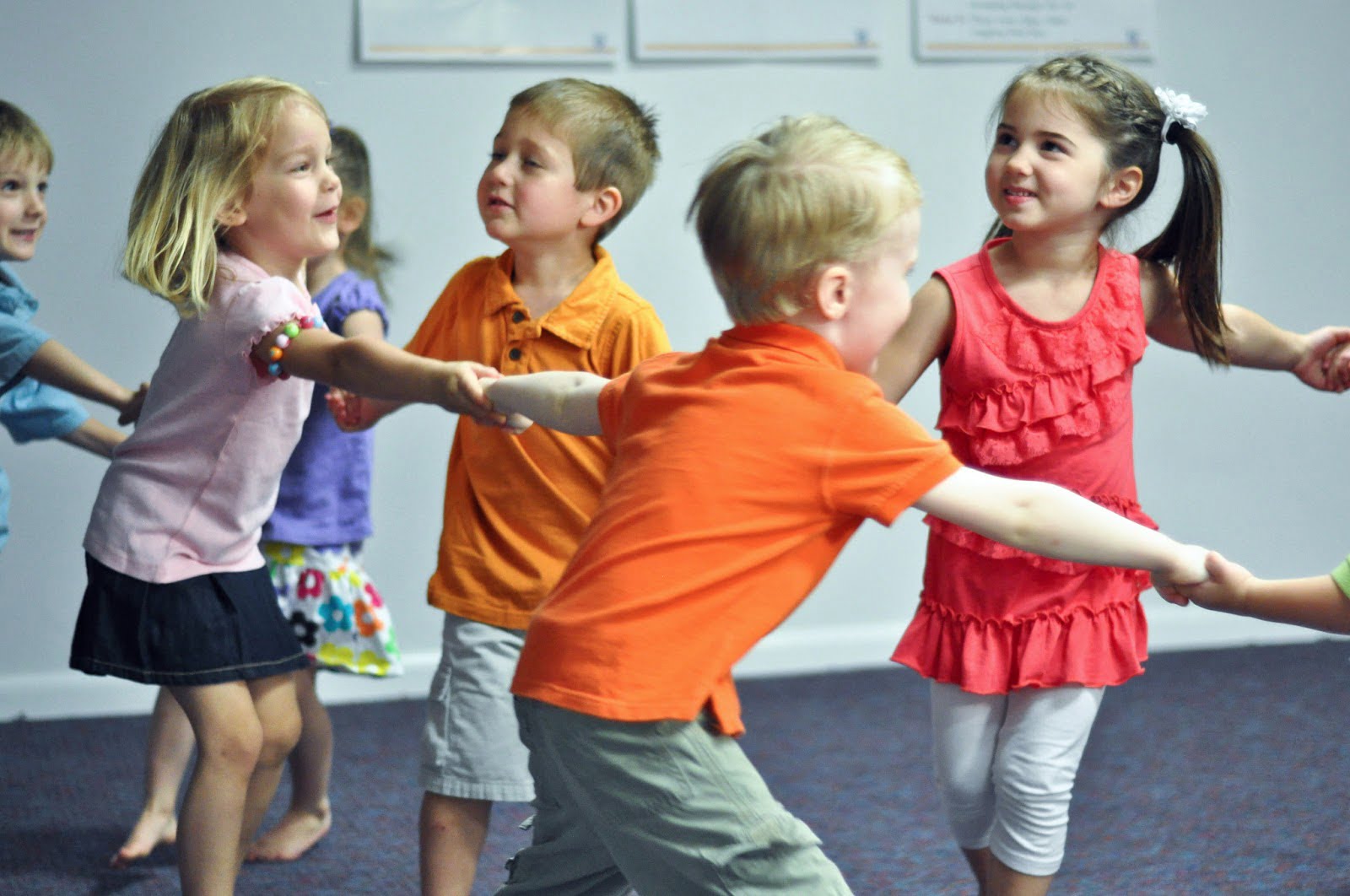
This is another great activity that supports the pyramid of learning and can do wonders for your child’s body and mind. As your kids dance, they will develop an understanding of body awareness and get relief from stress. Sample a variety of songs like jazz, pop, classical, country, or folk to get an idea of the genre your child likes best.
You can also create a playlist of their favorite songs so that they enjoy dancing to their loved tracks. For more fun and learning, you can play songs with different tempos and ask your child to dance accordingly.
When the music is fast, they can speed up their movement, and when the music is slow, they can take it easy.
3. Make Noises
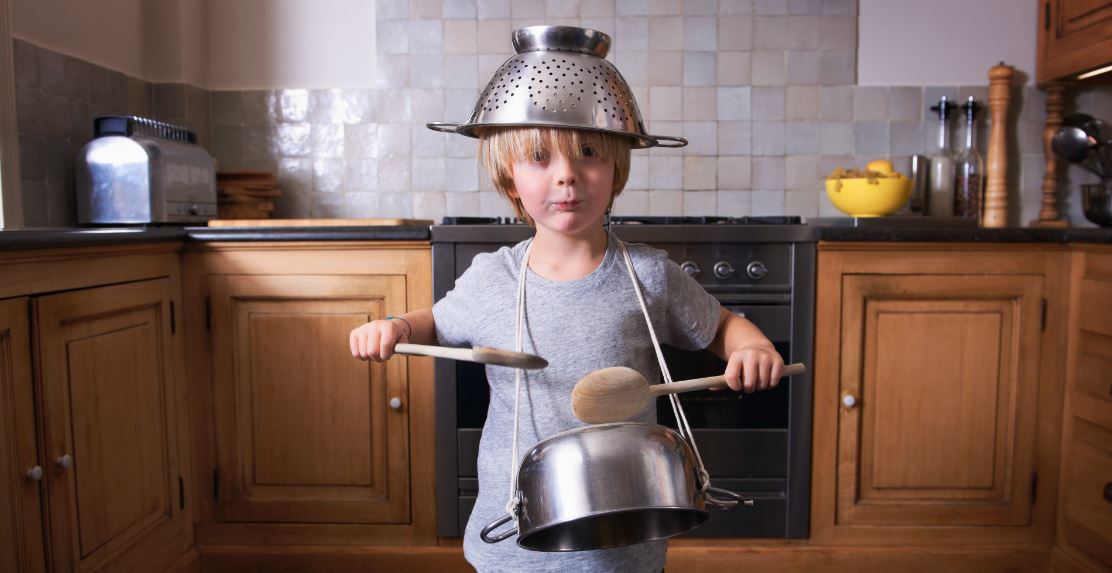
Do you know that making different types of noises is one of the best ways to work on your baby’s language skills? Toddlers and babies acquire language by mimicking, recognizing, and attaching meaning to different sounds. You can moo like a cow, cluck like a chicken, or buzz like a mosquito to help your kid practice and learn language and speech skills.
When you try to make these noises, your child will try to imitate you, and both of you will form a long-lasting bond. You can also encourage your kid to open their mouth wide and make a loud noise or close their mouth and try to say something.
4. Obstacle Course
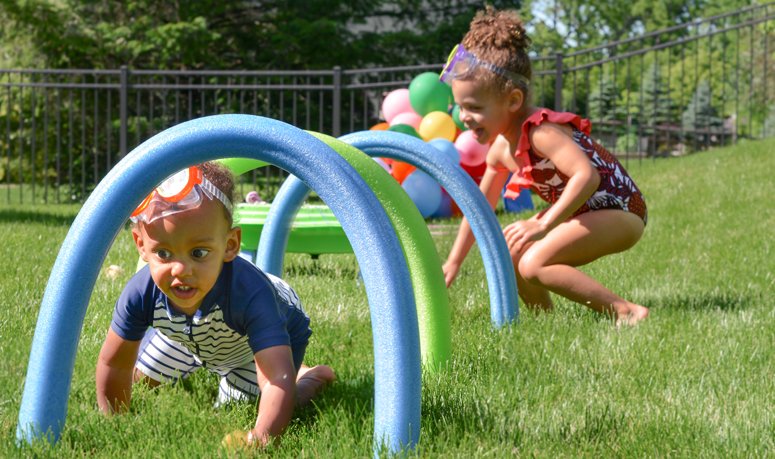
The obstacle course is another interesting activity that supports the pyramid of learning and positively impacts your kid’s mental and physical well-being. Whether it’s crawling through tunnels, balancing the beams, or climbing over walls, obstacle courses challenge the little ones to come out of their comfort zones and develop new skills.
Obstacle courses can also provide kids with a sense of accomplishment when they complete a challenging task. By completing obstacle courses in groups, children develop teamwork skills and learn to share ideas, work together, and support one another.
5. Blind Taste Test
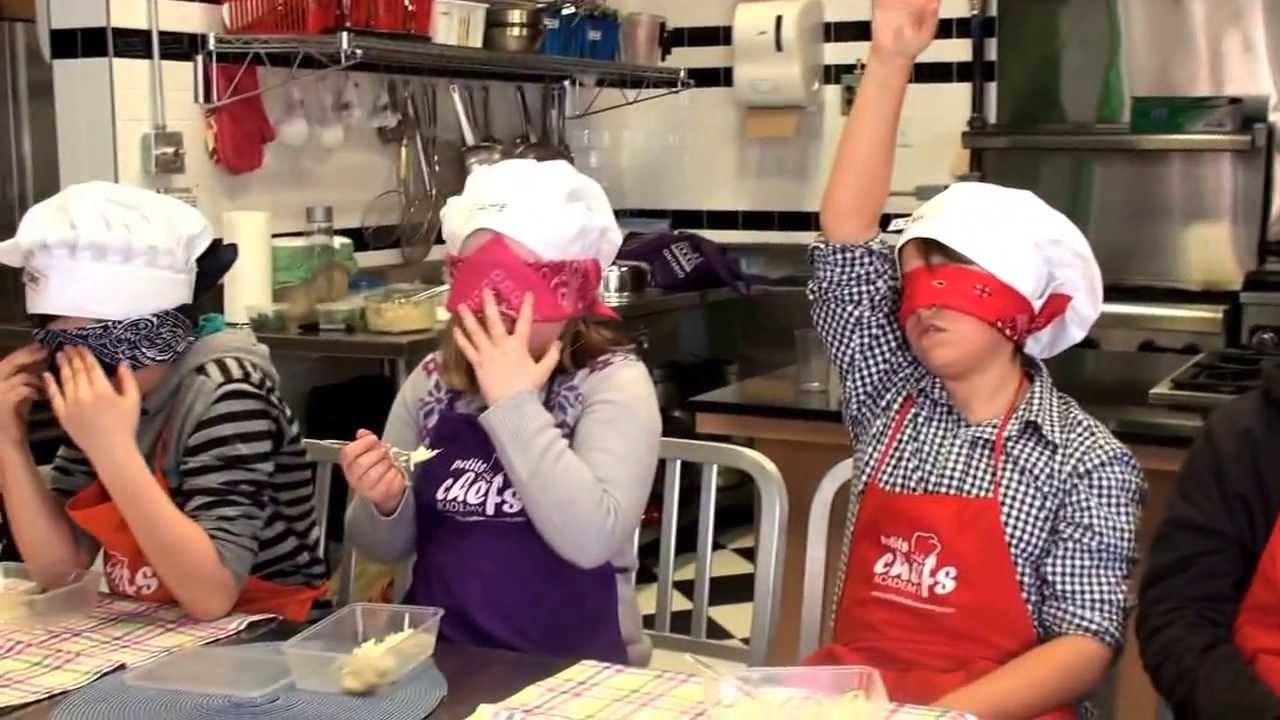
The blind taste test is a sensory fun guessing game wherein kids have to identify foods based on taste only. For this activity, you will have to blindfold your child and offer them any of the sweet or savory food items. You can select one option from the main flavors: lemon for sour, dark chocolate for bitter, jam for sweet, mushroom for savory, and pretzels for salty.
After tasting each food item, they need to guess it, and for every right answer, you can give them something that they love, and for every wrong answer, you can make them do something funny. This blindfolded activity can also make picky eaters try new food items.
6. Playing with Rice
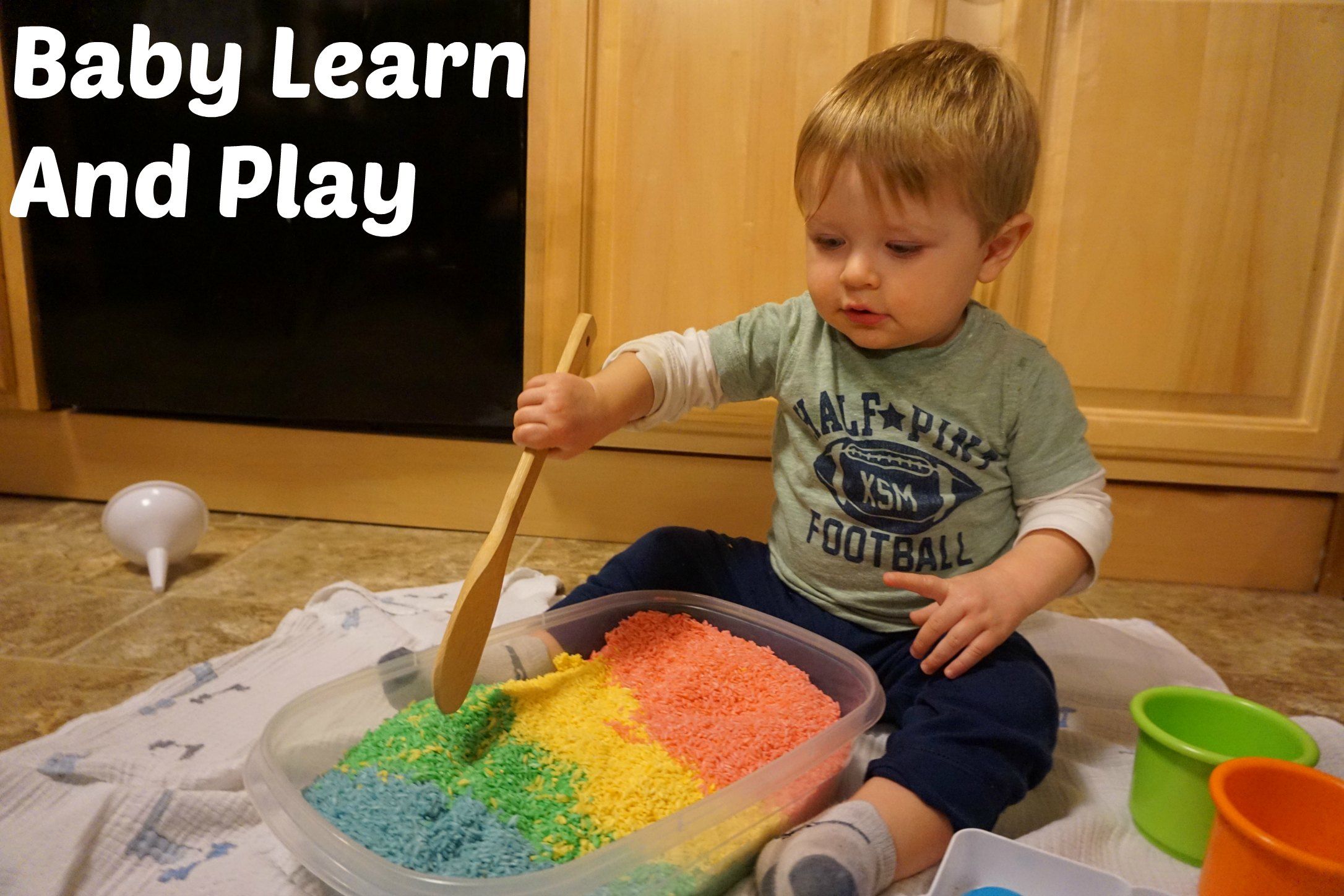
Playing with rice is an excellent activity that supports the pyramid of learning and develops your kid’s sensory skills. Allowing your child to explore sensory objects like rice or dry cereal can build and strengthen their fine motor skills.
You can dye the rice in different colors to create a rainbow-like pattern or create an ocean-themed sensory bin by adding green and blue food coloring to the rice.
Encourage your little one to play with the colored rice in different ways, like burying objects in it or transferring it from one container to another. Start this activity with a small amount of rice, as it can be difficult to clean up if spilled.
7. Sensory Bottles
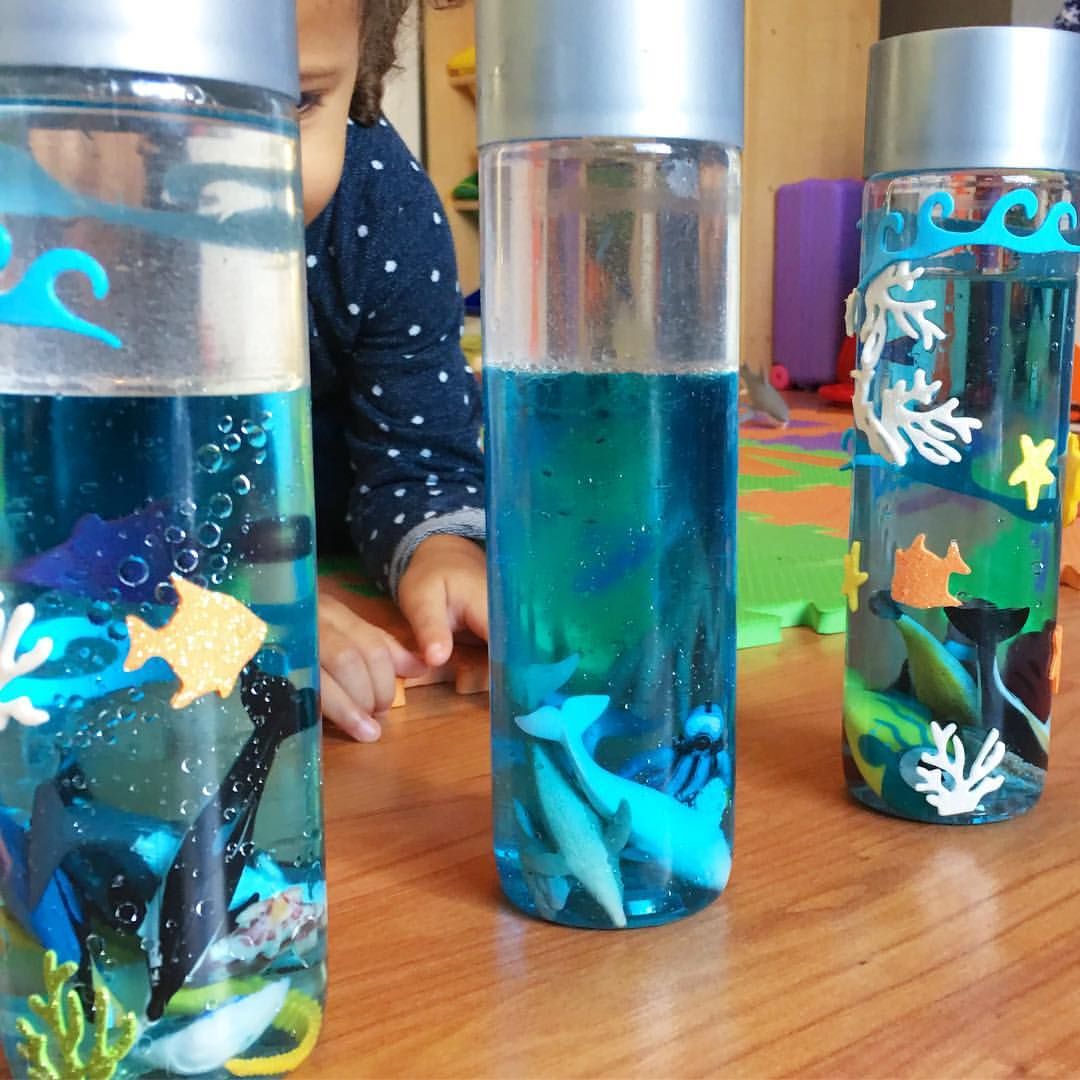
Does your child get over-excited easily or has trouble calming down? You have tried all types of calming strategies, but none of them seem to work. In this situation, the sensory bottle can help your child self-regulate as it is a peaceful object that your little one can easily focus on. Creating a sensory bottle is a very creative and calming process, and you can try this activity with kids of all ages.
If your kid loves the sea, you can use blue glitter, blue food coloring, and confetti shaped like fish to create the sensory bottle. Once you have made the bottle, fill it to the top with water, and you and your kid are ready to play with it.
8. Painting
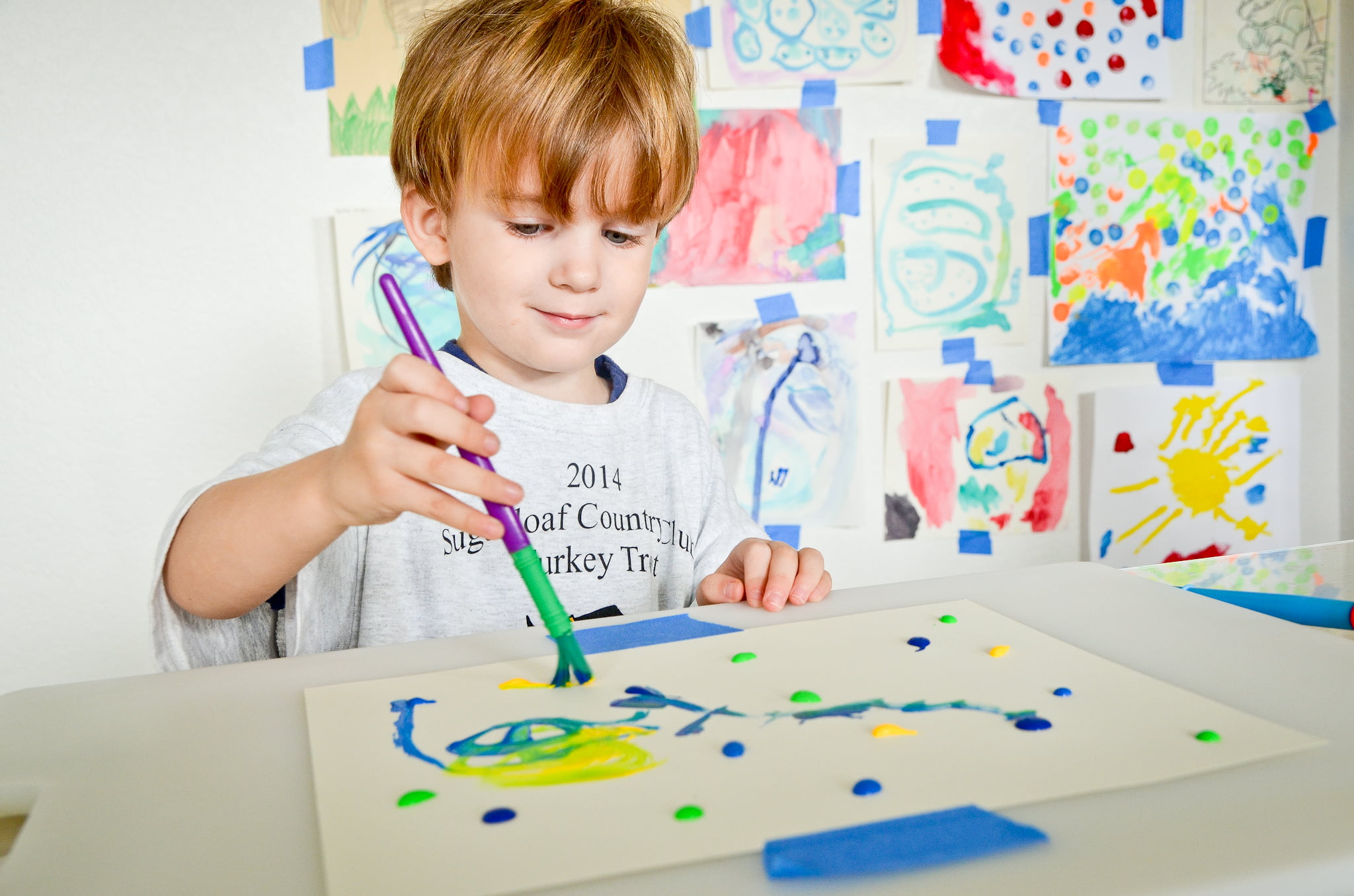
Painting is one of the best ways to encourage your little ones to communicate their feelings or emotions. Your child can use different colors to express themselves without using words.
Painting can also help kids learn patterns, sizes, shapes, and designs that are important aspects of their curriculum. Finger painting can even be better for your kids as it will help them acquire eye-hand coordination.
By using hands, wrists, and fingers to capture what your kids want on paper, they can develop tactile sensitivity. You can even offer them different objects like sponges and Q-tips to paint.
9. Sensory Bin
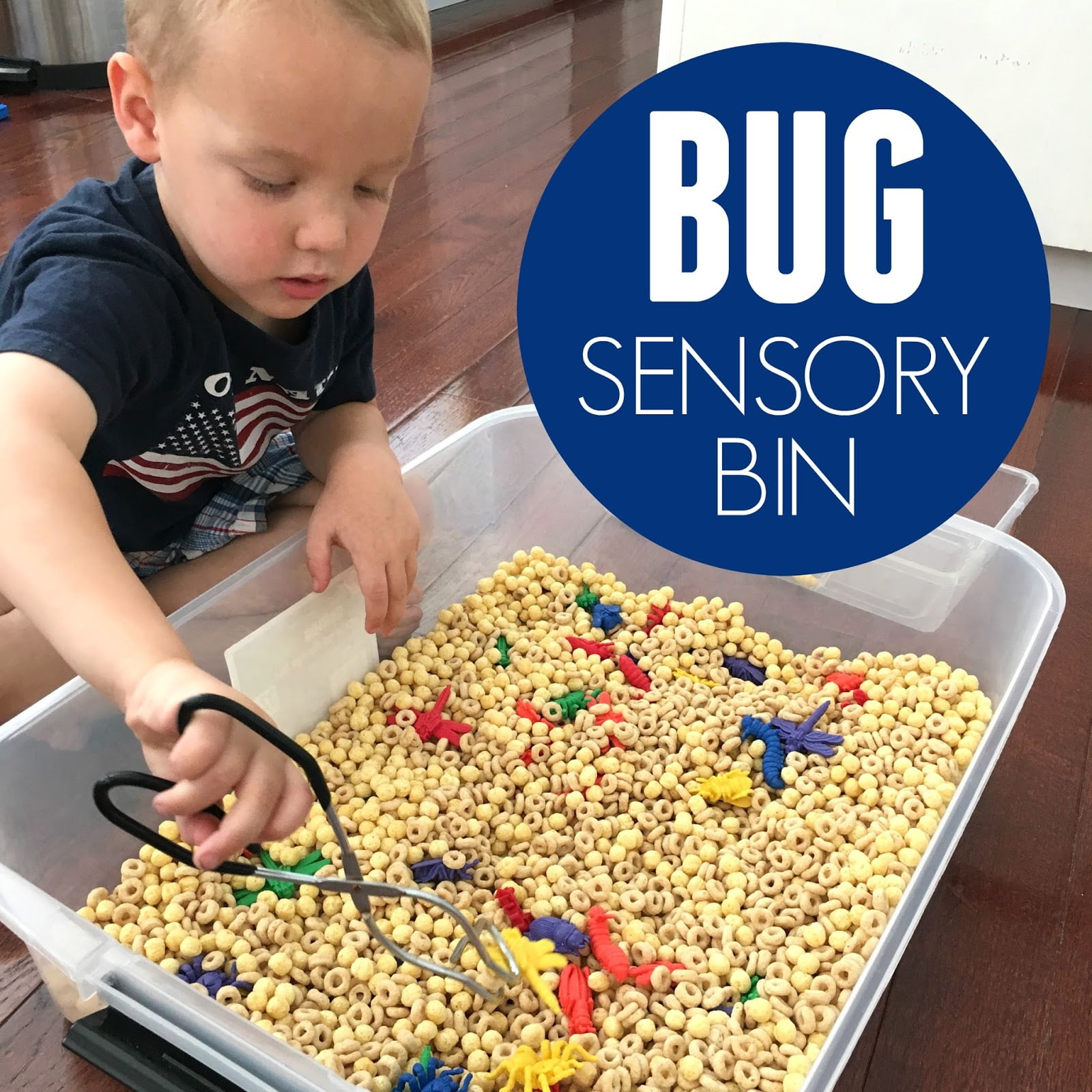
Sensory play encourages your child to use their senses to learn and explore new things. Introduce your child to different materials and textures with the help of a sensory bin. You can fill the sensory bin with different objects like pinto beans, leaves, gardening soil, flour, dry rice, and various toys.
If your kid loves to play in the water, fill a tub with rocks, pond critters, and water beads, and your pond-themed sensory bin is ready. Allow your child to bury their feet in the container or dig in the tub and feel different textures.
This way, they will learn to use multiple senses at the same time, leading to unique sensory experiences.
10. Bubbles
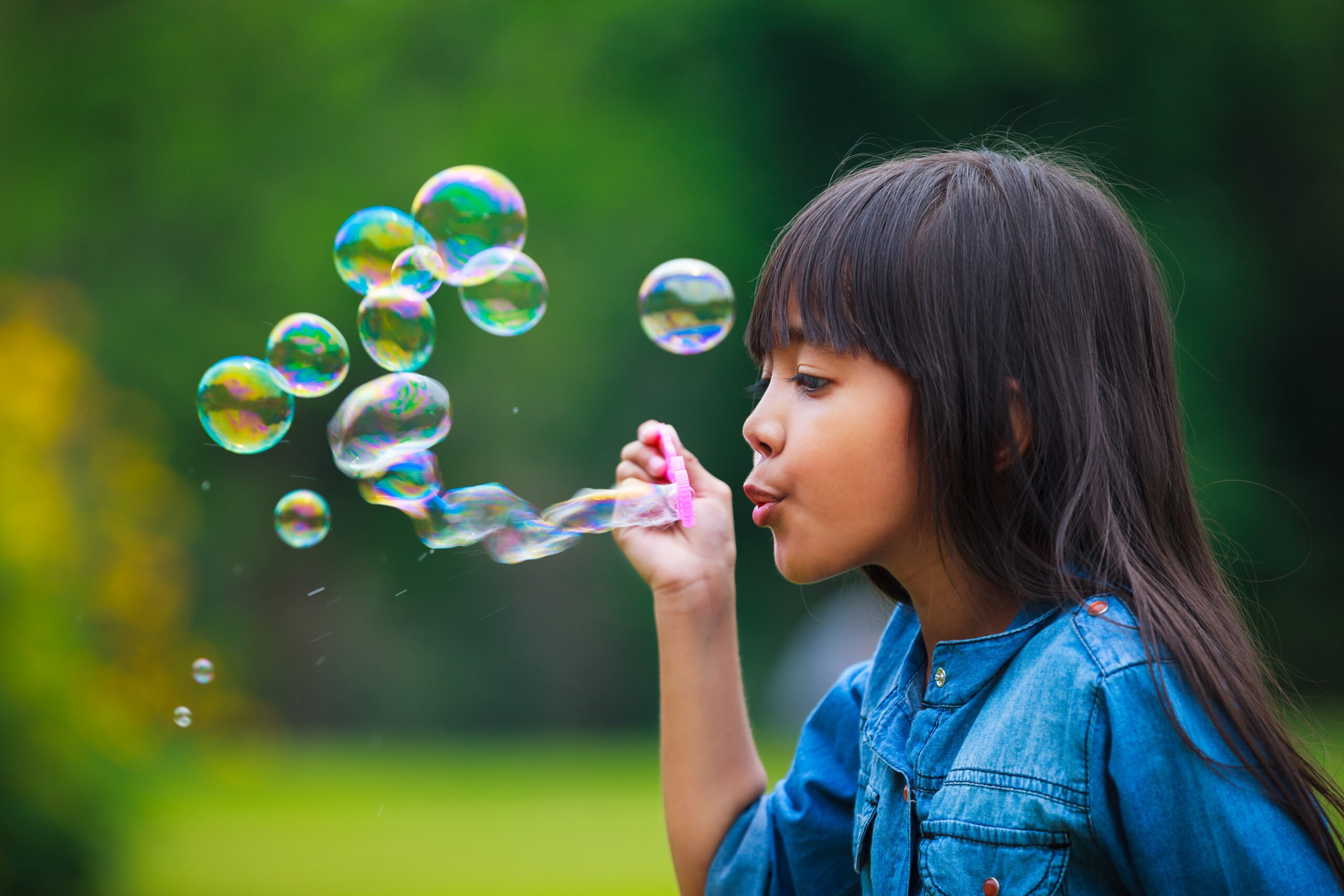
Blowing bubbles brings delight to both children and adults as we can’t stop staring at them. They generate happiness, spark curiosity, and get children moving, thinking, and communicating.
Bubbles can play an important role in your kid’s early childhood development and promote their eye-hand coordination and overall development. You can play many interesting games with bubbles.
You can ask your kid to pop up the bubble with the body part that you name or buy a bubble machine, put it on, and see your little one running around the popping bubbles. You can even blow the bubbles and ask your kid to run around and pop them.
11. Bouncing a Ball
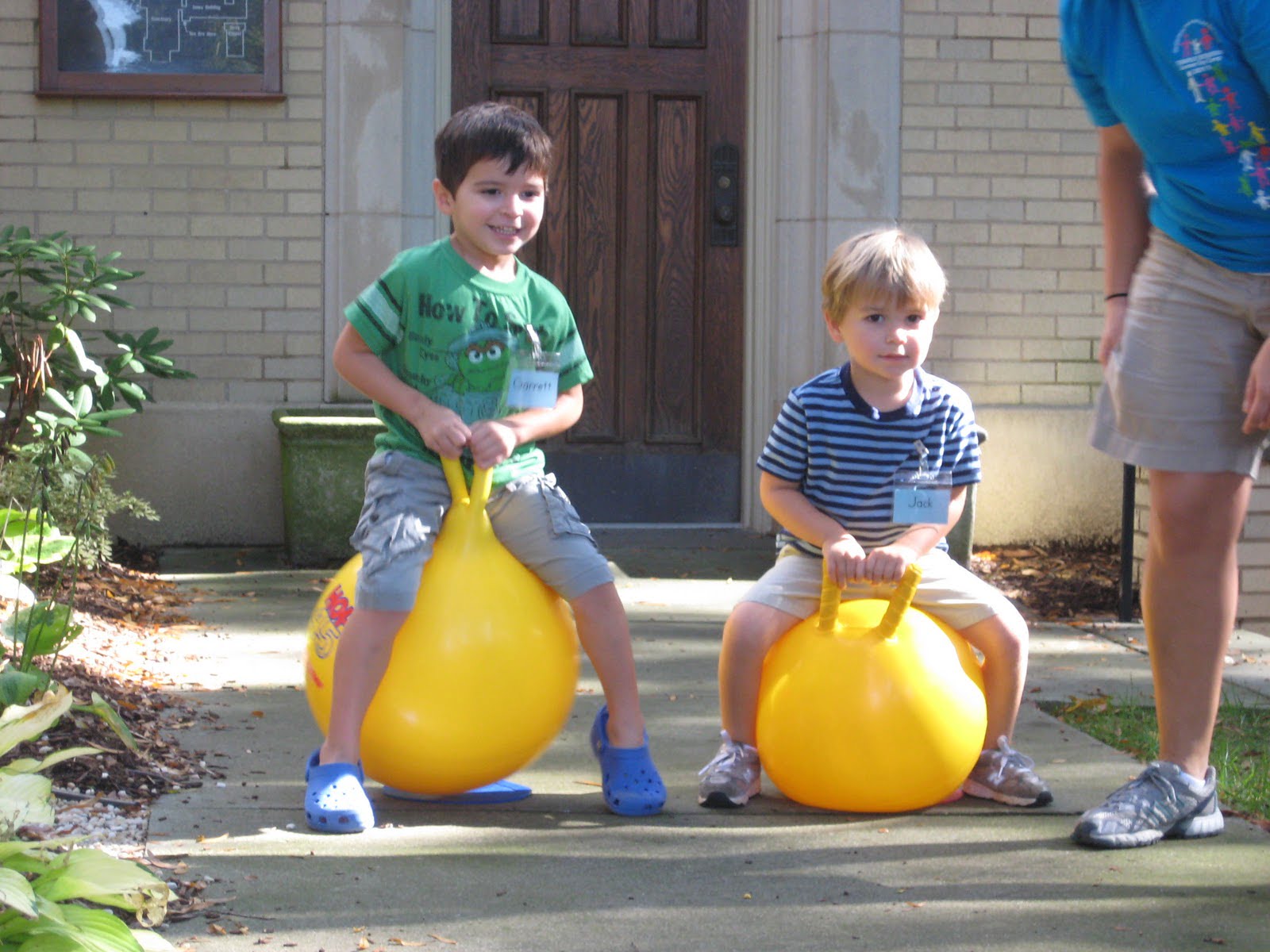
Ball games are the easiest way to get your child playing together with siblings and friends. But they don’t only help in bonding or making social circles but also help in your child’s overall development.
Ball bouncing can help your kid develop spatial awareness, grasping skills, and hand-eye coordination. From kicking and rolling balls to engaging in ball play, there are various activities that your little one can perform with the help of a ball. You can also give your kids sensory balls that have textured surfaces to stimulate your kid’s sense of touch.
12. Swinging
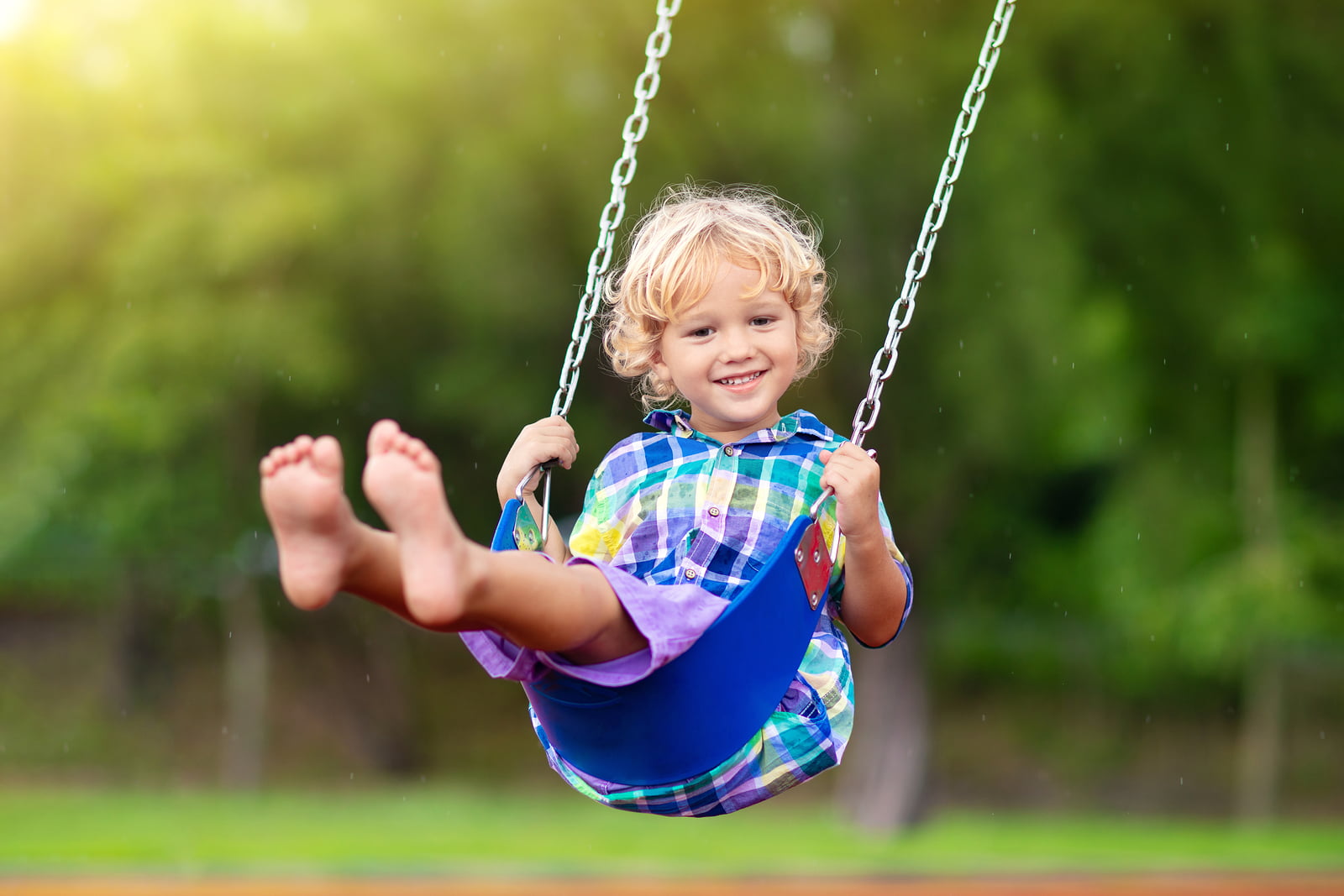
Swinging is one of my favorite childhood activities that helps in perceptual-motor development. Whenever kids go to the park, they run toward the slides, swings, and other climbing structures.
When a child swings back and forth, they learn to adapt to different sensations. Swinging can also help calm anxious or hyperactive kids with its back-and-forth motion.
When the kids feel happy and calm, they are less likely to have extreme temper tantrums or emotional meltdowns. The act of swinging also helps kids refocus their minds to engage in structured activities.
13. Balancing Game
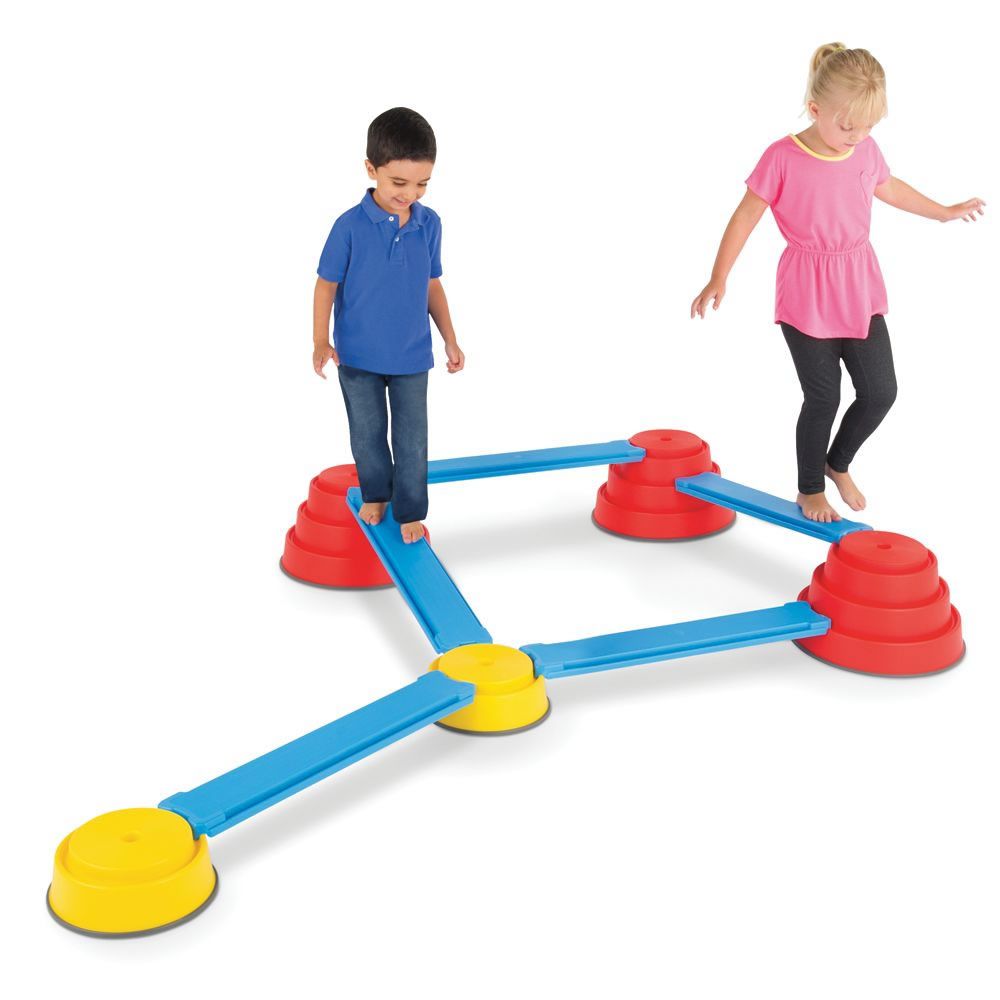
Balance is an essential trait for young kids to learn how to walk and develop other physical skills. You can encourage your kid to balance on one leg and then another or ask them to stand on one foot for a few seconds.
Kids can also try simple yoga poses, like tree pose, airplane, mountain pose, cat and cow pose, the forward bend, and downward-facing dog pose to help them improve balance and develop body awareness. Play your kid’s favorite music, and when the song stops, ask them to freeze for a few seconds.
This way, you’ll not only have some fun moments but also teach your kids to balance their bodies without making it look like a difficult task.
14. Walking on a Tape Line
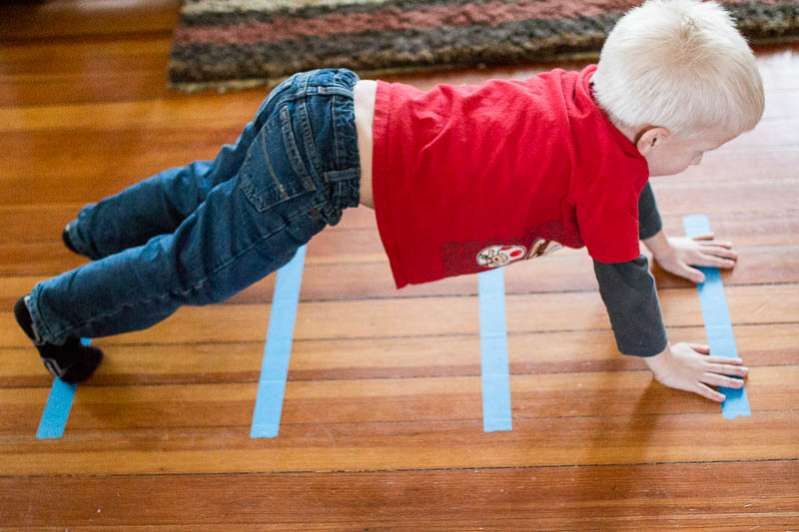
Are you looking for an activity that can help your kid practice gross motor skills? Walking on a tape line can be one of the best ways to teach your kid how to control their body and movement.
You can use tape to mark a line on the ground or floor and ask children to practice balancing and walking on the line. Kids can even hop over the line from front to back or side to side to practice hopping.
You can also use items like a large branch or piece of wood to make a balance beam. This is a wonderful way to help your kids balance their bodies while having endless fun.
15. Playing on the Playground
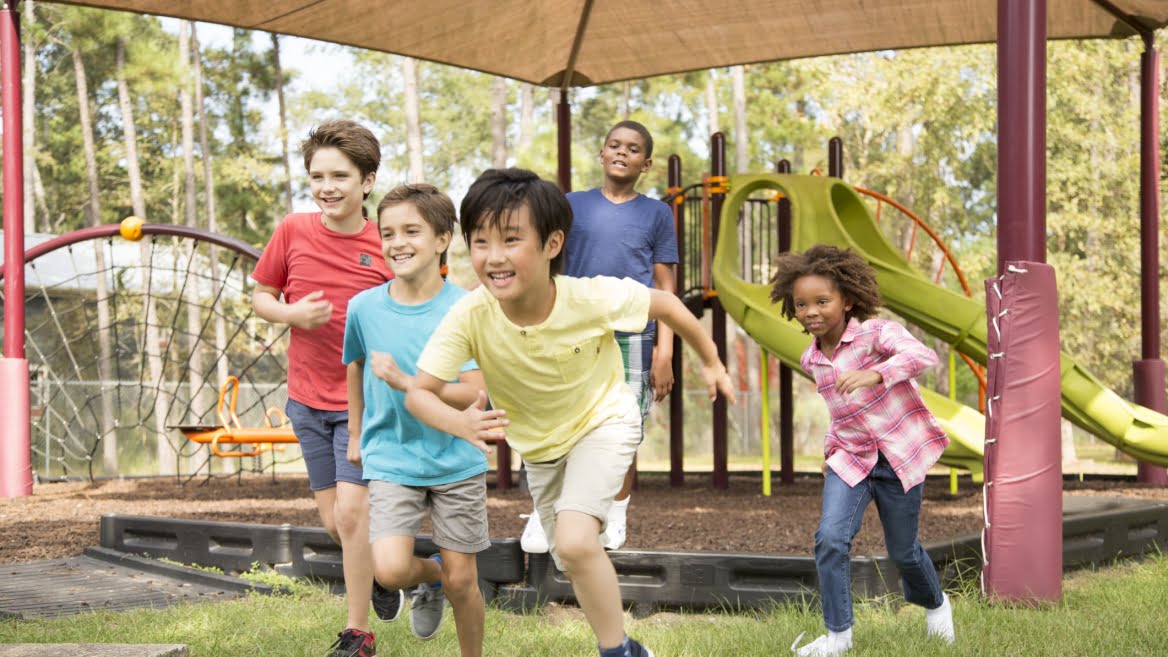
Playtime is an important part of every child’s growth and development in their early years. If your kid struggles to engage with others or has become a screen addict, try taking them out in a playground and encourage them to play various outdoor games to address their challenges.
Playing outside not only relieves stress but also builds confidence and strengthens muscles. Outdoor play also reduces the likelihood of weight-related issues, which are becoming a huge problem for families these days.
Conclusion
Are you fed up with the traditional learning methods that your kid is finding difficult to cope with? If yes, you can try out the activities that are based on the pyramid of learning, as they focus on helping children learn new concepts in a fun way.
Many activities support the pyramid of learning and make the learning process more fun and engaging for your kids.
You can encourage your kids to play outdoors, walk on a tape line, bounce a ball, or make play dough to develop their sensory skills and achieve their milestones.
For more interesting activities, you can check out the ideas mentioned above. All these activities can have a huge impact on your child’s growth and development and make the learning process easier.
Frequently Asked Questions
What Does the Pyramid of Learning Mean?
The pyramid of learning focuses on the overall development of the kid rather than academic or physical development. This model is based on processing information through perceptual development and multi-sensory play in the sensory systems.
Who Developed the Pyramid of Learning?
Maryann Trott (special educator) and Kathleen Taylor (occupational therapist) developed the pyramid of learning. They used Jean Ayre’s ideas to show how important it is to focus on the overall development of the kids.









